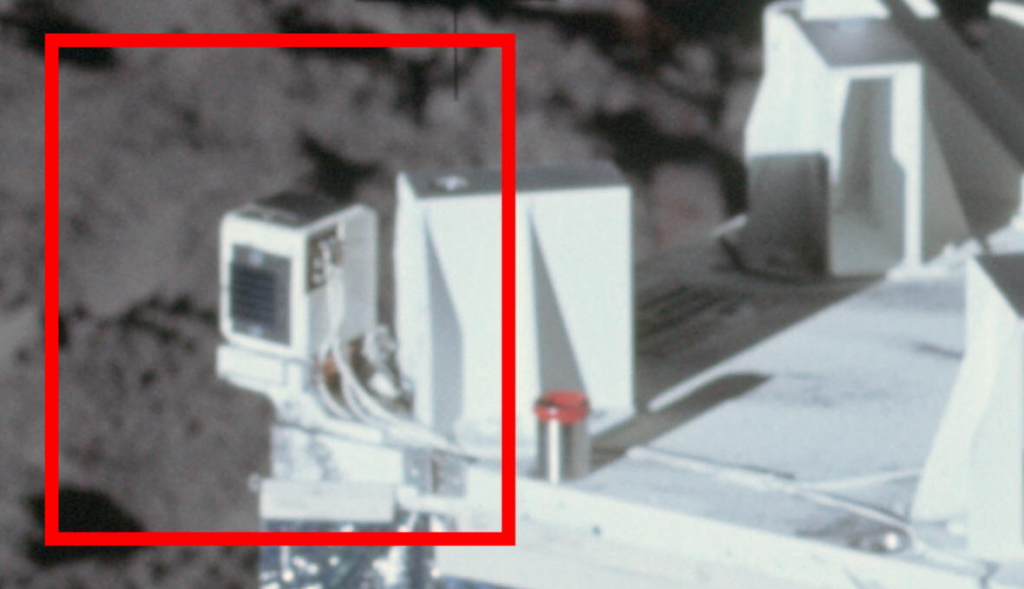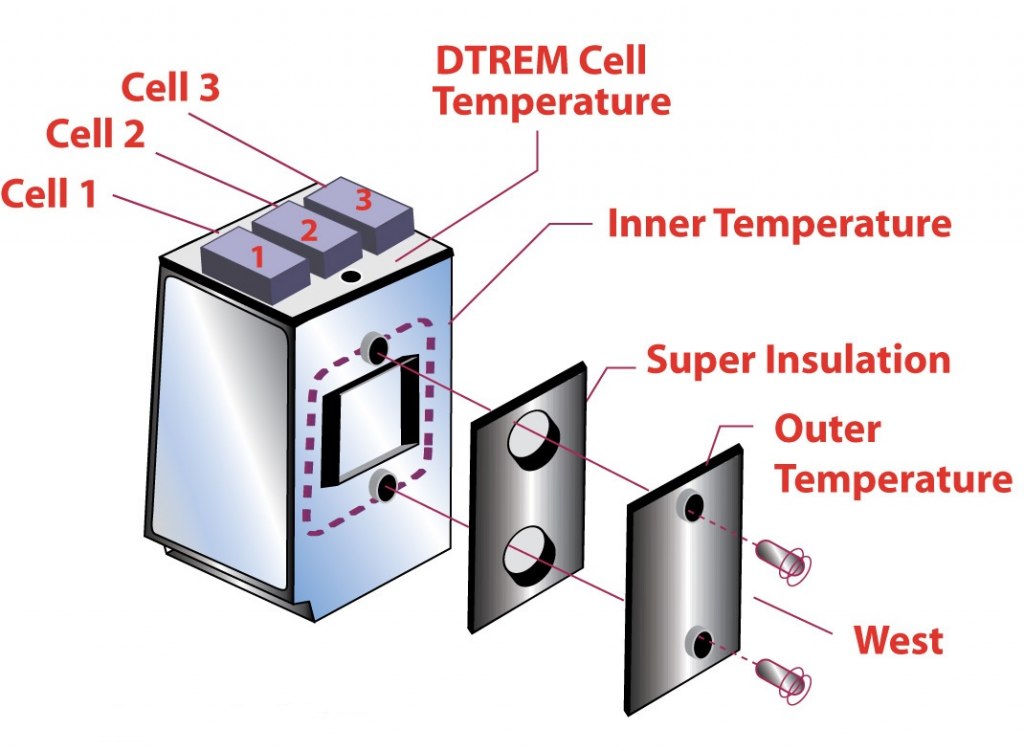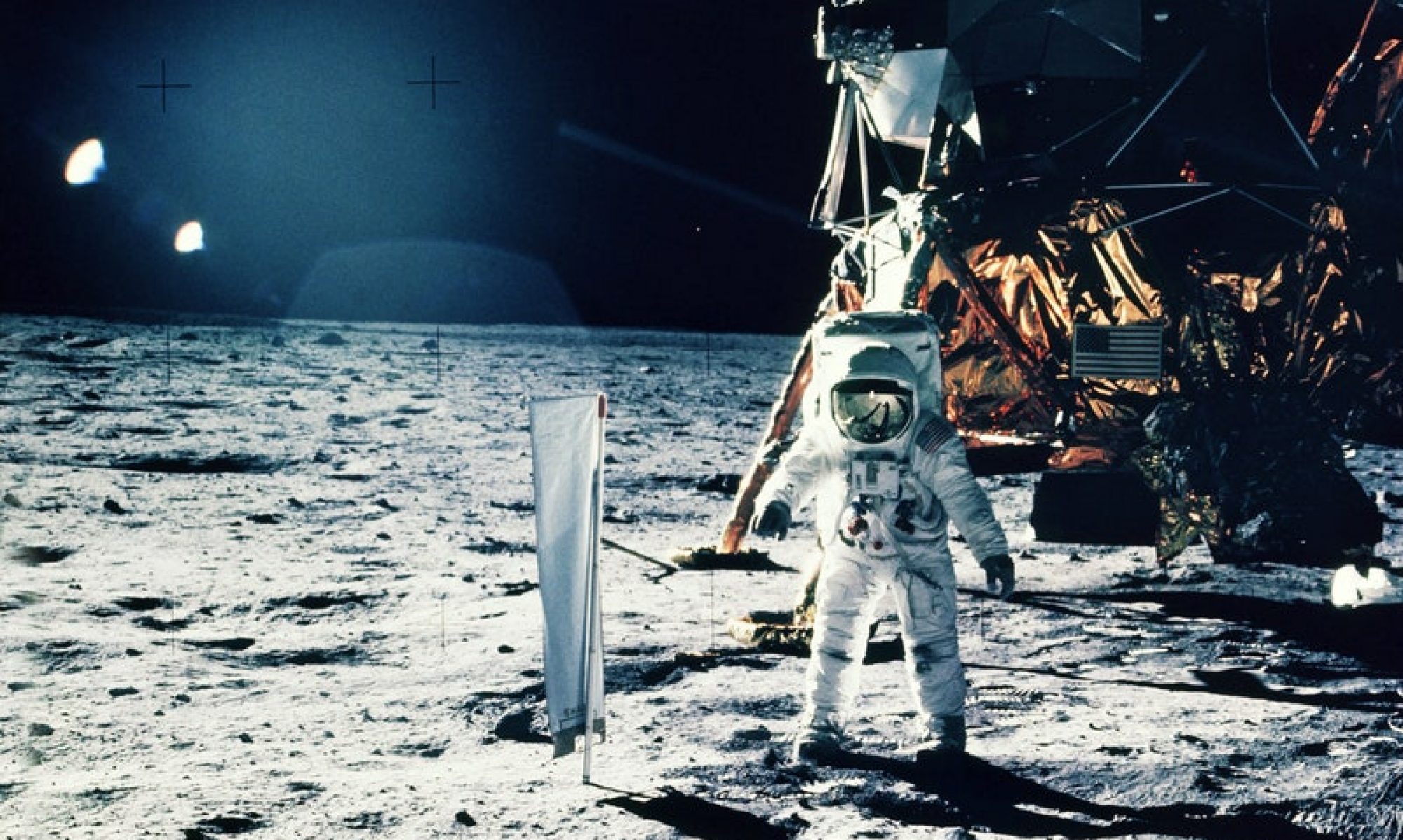Apollo Lunar Dust Detector, the Unsung Hero of Space Engineering: How an Apollo-Era Experiment Revolutionized Solar Cells
When we think about space exploration, lunar dust probably isn’t the first thing that comes to mind. But did you know that a little-known experiment during the Apollo missions helped revolutionize solar energy in space? Read on about how the Apollo Lunar Dust Detector more than paid for the Apollo Mission.
In this issue of Spacecraft Guide, we’re taking you back to the surface of the Moon, where an experiment focused on engineering, rather than science, created lasting impacts. It’s the story of the Apollo Lunar Dust Detector and how it led to more efficient solar cells, now powering today’s space missions.
The Challenge: Solar Cells Versus Lunar Dust
Before astronauts set foot on the Moon, NASA had a pressing question: Would the Moon’s fine, abrasive dust interfere with the solar panels powering equipment left on the surface?
The Apollo missions included a key engineering experiment designed to test this. The Lunar Dust Detector was installed on the Apollo Lunar Surface Experiments Package (ALSEP). Its mission? Measure dust accumulation and assess how much it affected the solar cells’ efficiency.
But this wasn’t all. The experiment also monitored how high-energy radiation and infrared energy impacted solar cells over time. What they discovered was nothing short of groundbreaking.

The Surprising Results: Dust Wasn’t the Big Problem
It turns out, dust accumulation on the lunar surface was far lower than expected. This meant solar panels could operate for longer periods, with less degradation than anticipated. The real challenges? Radiation and extreme temperature fluctuations.
With data from the Lunar Dust Detector, engineers were able to fine-tune solar cell designs for future missions. They created cells that could withstand the harsh lunar environment, including intense heat and high radiation levels. These findings weren’t just relevant for the Apollo era. They continue to shape space exploration today.
From the Apollo Lunar Dust Detector to Intuitive Machines
Fast forward to today. The insights from the Lunar Dust Detector have informed the designs of spacecraft like Intuitive Machines IM-1, which recently landed on the Moon. Modern lunar missions now rely on highly efficient solar cells that are more resilient, thanks to the Apollo experiment.
Without the Lunar Dust Detector’s contributions, today’s solar-powered spacecraft might not be as reliable. The experiment’s data has been used to optimize solar panel designs, ensuring they can operate longer and more efficiently in space.

Why This Matters
This engineering experiment, though lesser-known, played a pivotal role in shaping space technology. By understanding how lunar dust, radiation, and temperature affect solar cells, engineers developed the foundation for long-lasting solar power in space missions.
And it’s not just about space. The technology has direct applications here on Earth too. More efficient solar panels are powering homes, industries, and future space missions.
Let’s Celebrate the Power of Engineering
By sharing this article, you can help shine a light on the unsung heroes of space exploration—engineering experiments that are crucial to progress. Without the Lunar Dust Detector, we wouldn’t have the powerful solar technology we rely on today.
Do you find space engineering fascinating? Leave your thoughts in the comments, and don’t forget to share this article with your friends. Let’s celebrate the innovations that push space exploration forward!
Hit the Share Button! Help spread the word about how a little-known lunar experiment changed the future of solar technology. Let’s keep the conversation going!
Better yet, if you’re craving more in-depth insights, consider joining our Patreon community! Your support helps keep these space exploration stories alive.
Help fuel the conversation by liking, sharing, and commenting. Let’s make sure that the legacy of the Lunar Dust Detector, and its role in revolutionizing solar technology, gets the recognition it deserves!
So, what are you waiting for? Share this article now and ignite the conversation about the amazing science happening on our Moon! Follow us on Blog – Spacecraft Guide.

One Reply to “Apollo Lunar Dust Detector”